The cycle starts with product design
Within the framework of the Forum “Sustainable agricultural development associated with environmental protection and climate change adaptation”, international and domestic experts shared practical experiences, expanding the concept of circular economy beyond the scope of waste treatment, towards design thinking, restructuring the production - consumption chain towards sustainability.

International and domestic experts share practical experiences at the Forum. Photo: Hoang Hien.
Professor Ali Abbas, University of Sydney, said that the circular economy does not stop at waste treatment policy. “Treatment is only the last step to limit the amount of waste, while the core is product design. Right from the design stage, it is necessary to determine the proportion of recycled materials, the level of safety, and avoid introducing pollutants such as POPs into the economy,” he said.
According to the Professor, Vietnam can completely "take a shortcut" by building circular criteria for each industry, especially chemicals, pharmaceuticals and agriculture - where sources of soil, water and food pollution are likely to arise. He cited the example of the Japanese model, which stipulates up to 44 criteria for waste classification, considering classification not only as a technical action but also as part of system design. "Circular design thinking does not stop at materials but also at the product life cycle. A glass panel in a solar panel, instead of being recycled, which wastes energy, can be reused as a window or roof," he suggested, while emphasizing that the design must include the role of businesses, which are considered a key link in the circular economy.
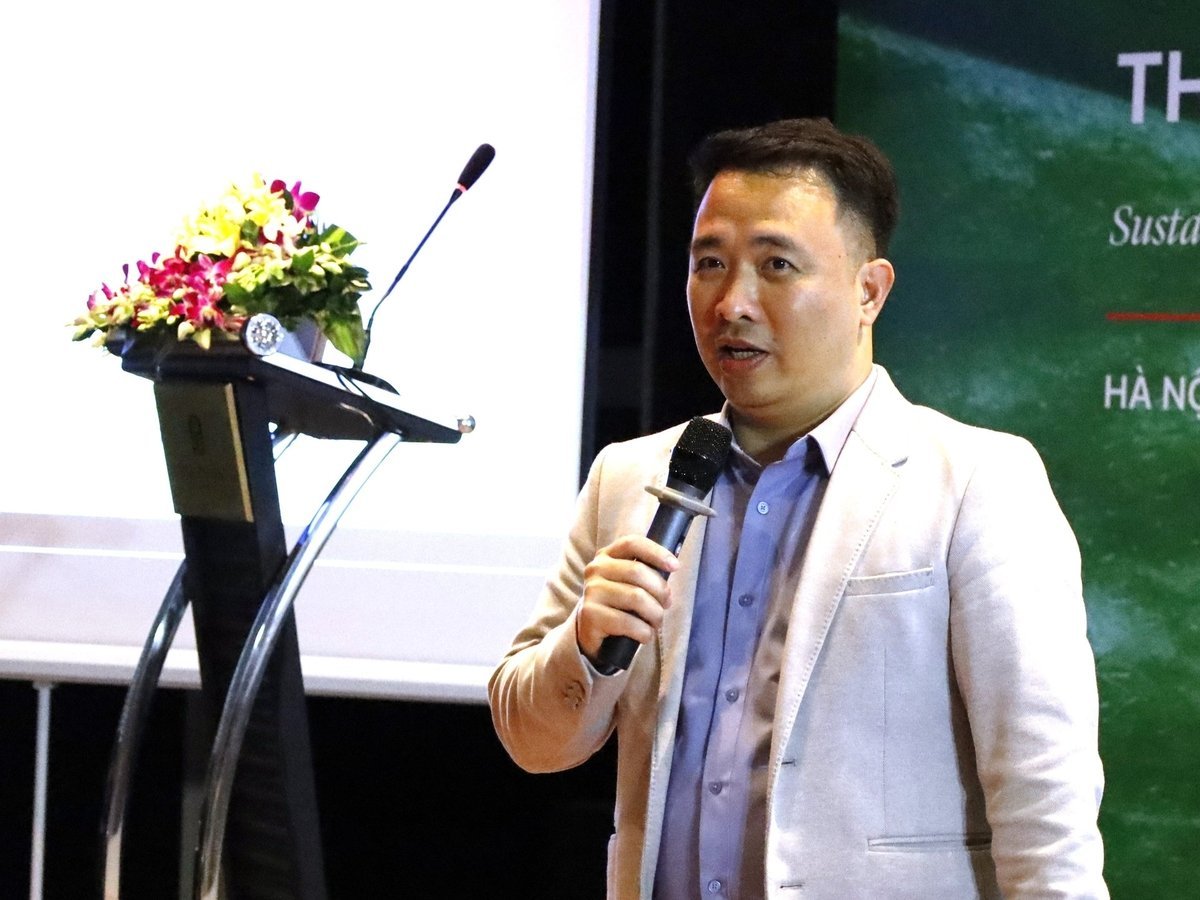
Dr. Duong Ngoc Cuong from the Bigdata Research Institute, VinUni University, said that the Institute is developing testing chips for agricultural applications on humans and livestock. Photo: Hoang Hien.
From a Vietnamese perspective, Associate Professor Dr. Nguyen Thi Van Ha, Ho Chi Minh City University of Natural Resources and Environment, shares her journey to change the habit of burning straw - a long-standing practice that causes many environmental consequences. “People consider burning straw as the fastest solution, even a tradition. To change, they need to realize the danger to themselves and those around them, and at the same time realize the benefits of new treatment methods instead of burning,” she said.
Burning straw, according to Ms. Ha, not only does not replenish nutrients but also disrupts the soil balance. The alternative solution is to utilize this by-product to produce fertilizer, grow mushrooms or make high-value materials such as silica. She cited many localities such as An Giang and Chau Thanh that have experimented with it, initially bringing economic and environmental efficiency.
Expanding the foundation for a circular economy
At the forum, Dr. Duong Ngoc Cuong from the Bigdata Research Institute, VinUni University, shared that technologies serving the circular economy and biosafety are “ready”. The Institute is developing testing chips for agricultural applications, testing on humans and livestock to monitor food quality, aiming for a smart agricultural model with comprehensive biosafety.
Regarding food safety, Professor Ali Abbas noted that arsenic contamination does not only occur in rice but can appear in many other agricultural products. Risk assessment should be based on scientific evidence and standard procedures to avoid creating panic in the community.

Professor Ali Abbas, University of Sydney, believes that the circular economy is not just about waste treatment policy but also about product design. Photo: Hoang Hien.
Sharing the same view, Dr. Duong Nu Tra My, University of Sydney Vietnam, said that communication and science need to go hand in hand. “Before issuing a warning, there needs to be clear evidence and transparent scientific publication. Otherwise, it will cause great damage to the industry, as in the case of cadmium-contaminated durian, which severely affected Vietnam’s exports,” she said.
In addition, Dr. Duong Nu Tra My also mentioned the research on antibiotic resistance. According to her, previous studies were small-scale, so her team is conducting a comprehensive survey on humans, animals and the environment to determine the spread of drug-resistant bacteria in the food supply chain. "We will combine research on people's drug use behavior, so that after having scientific results, we can propose specific intervention measures," she said.
In addition, to raise awareness of antibiotic resistance in the community, the project also involves activities such as organizing high school students to participate in collecting environmental samples, organizing mini games to learn about antibiotic resistance, contributing to spreading awareness to the younger generation.
Circular economy is not just a technical or policy problem, but a comprehensive change in development thinking, from product design, supply chain restructuring, to building community awareness. Vietnam, with the advantage of being a latecomer, has the opportunity to access advanced models and shorten the gap by applying sustainable design thinking from the beginning.
Source: https://nongnghiepmoitruong.vn/kinh-te-tuan-hoan-tu-tu-duy-thiet-ke-den-thay-doi-thoi-quen-d782289.html


![[Photo] Ca Mau "struggling" to cope with the highest tide of the year, forecast to exceed alert level 3](https://vphoto.vietnam.vn/thumb/1200x675/vietnam/resource/IMAGE/2025/11/04/1762235371445_ndo_br_trieu-cuong-2-6486-jpg.webp)

![[Photo] Panorama of the Patriotic Emulation Congress of Nhan Dan Newspaper for the period 2025-2030](https://vphoto.vietnam.vn/thumb/1200x675/vietnam/resource/IMAGE/2025/11/04/1762252775462_ndo_br_dhthiduayeuncbaond-6125-jpg.webp)

![[Photo] The road connecting Dong Nai with Ho Chi Minh City is still unfinished after 5 years of construction.](https://vphoto.vietnam.vn/thumb/1200x675/vietnam/resource/IMAGE/2025/11/04/1762241675985_ndo_br_dji-20251104104418-0635-d-resize-1295-jpg.webp)

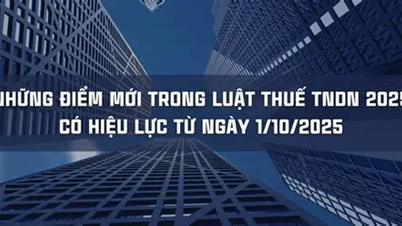

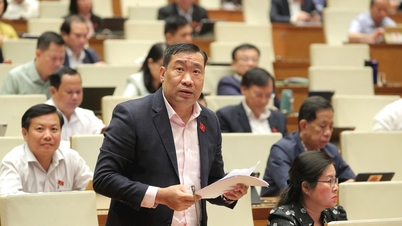

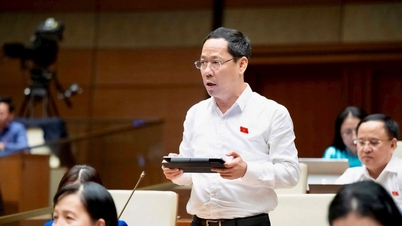
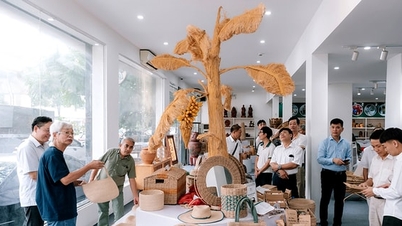

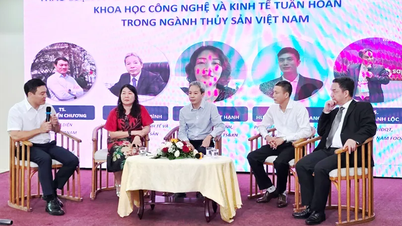





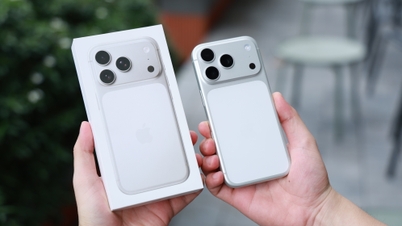


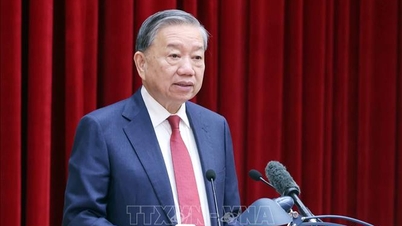






![From working for hire to becoming a boss: [Lesson 5] Sending - learning - returning - creating](https://vphoto.vietnam.vn/thumb/402x226/vietnam/resource/IMAGE/2025/11/05/1762297489528_1546-anh-3-072934_320.jpeg)

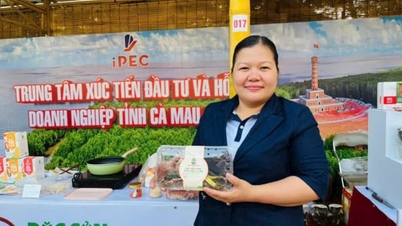

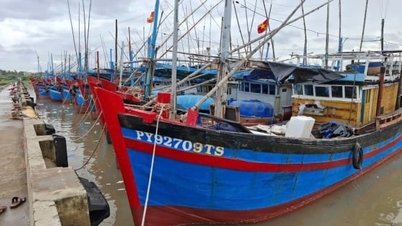





































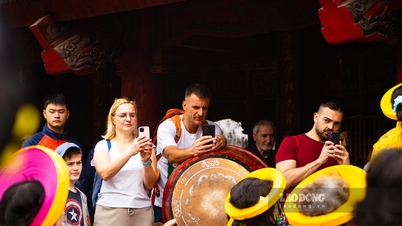

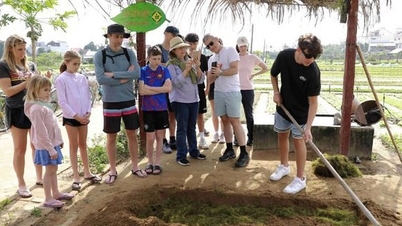



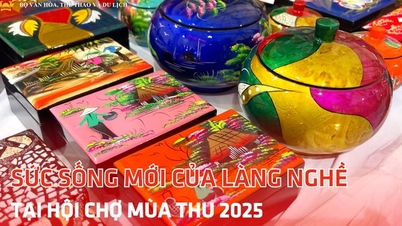








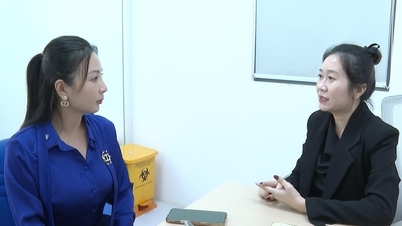


















Comment (0)